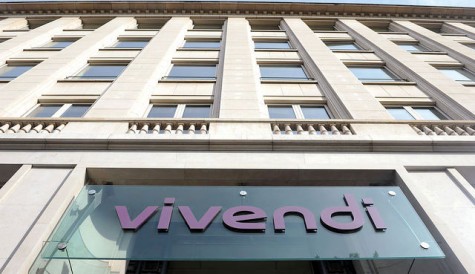What does a streaming-only Sky Q box mean for the UK pay TV market?
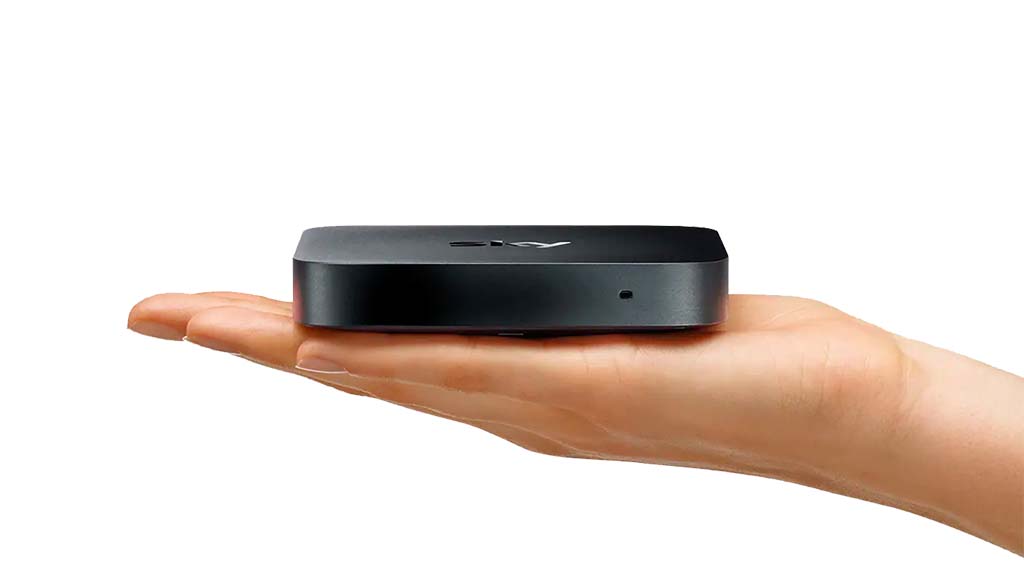
After years of silence, Sky may be on the verge of launching a streaming-only version of Sky Q in the UK.
Initially proposed by then-CEO Stephen van Rooyen in 2017 and slated for a 2018 launch, such a product was launched earlier this month in Germany bringing new speculation surrounding a UK rollout.
This culminated with a report this week from the Express that claimed Sky is working to bring the product to the UK, with tests being carried out to determine minimum broadband speeds.
The tech should be the same as that released in Germany, where users can effectively access the full range of Sky Deutschland’s channels and on-demand services but solely over the internet. The key potential difference in the UK offering would be support for UHD at an extra £5 per month – something not offered in Germany despite the hardware being capable of processing 4K images.
The product will also, at least initially, only be offered to Sky Broadband customers, giving the Comcast-owned operator greater control over the experience.
The benefits of a streaming-only device from Sky’s perspective are obvious – from eliminating the need for expensive truck rolls to the ability to the requirement of less equipment.
However, more than just being a cost-saving measure, this launch is a significant indicator in the future of the pay TV industry.
Commenting on the news, Omdia senior analyst Max Signorelli, says: “Sky Q’s expansion into standalone online is part of the evolution of pay TV.
“It’s not Sky’s first such offer, even before Sky Deutschland’s recent similar launch. Sky X has operated in Austria since early 2019, which operates in a very similar way, offering a full pay TV experience online (albeit without the box).
“Launching as part of Sky Q in the UK and Germany builds on an established branding for the box and the service it carries.”
A consumer-driven industry shift
A brief glance at any report on the trends in pay TV, OTT and the wider streaming space gives a clear indication that the future of the TV lies underground rather than up in the air.
A combination of factors from ease of access to generally cheaper costs has led streaming services to surge, while traditional pay TV operators have branched out to different approaches in order to prove they are still viable in a world of cord-cutters and cord-nevers.
Signorelli believes that this kind of launch would provide a number of benefits to consumers.
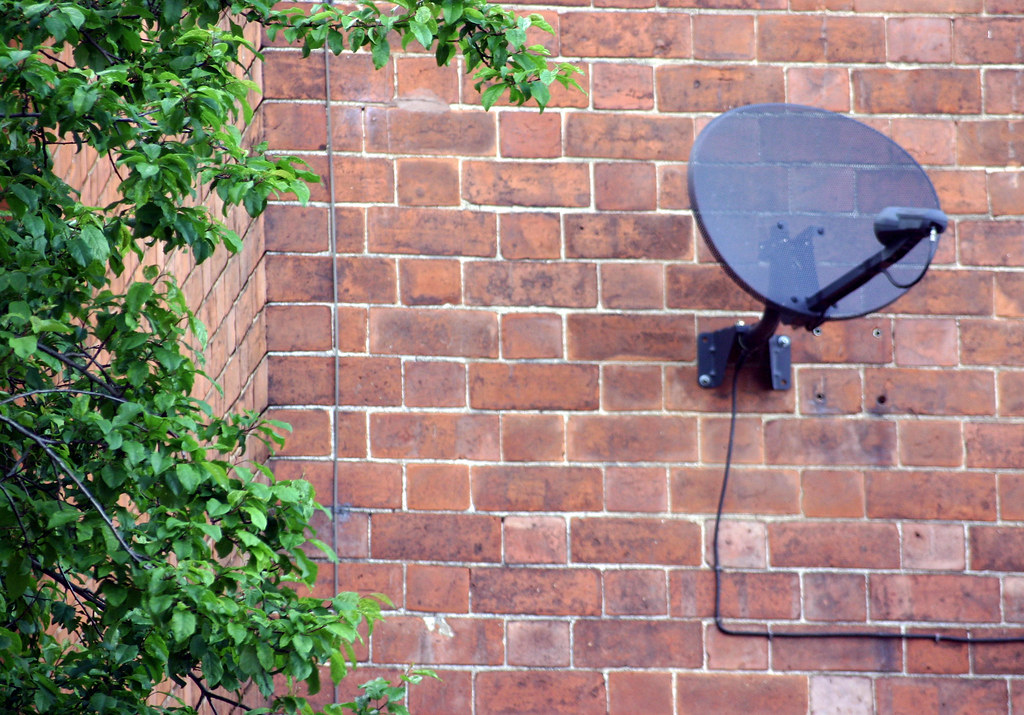 “Those that opt for the OTT version may benefit from reduced set up costs. In some other cases, he says. “It may also mean that they don’t have to take an operator’s broadband or telephony packages alongside the TV offerings. It retains a lot of the benefits of a pay TV ecosystem with more flexibility.”
“Those that opt for the OTT version may benefit from reduced set up costs. In some other cases, he says. “It may also mean that they don’t have to take an operator’s broadband or telephony packages alongside the TV offerings. It retains a lot of the benefits of a pay TV ecosystem with more flexibility.”
It’s also worth noting that younger consumers are much less likely to be homeowners, and instead reside in rented homes and flats. Tenancy agreements – along with the non-permanence of renting a home – means that these kinds of consumers are unlikely to consider installing a satellite dish or cable as a means of consuming TV. An IPTV version of Sky Q therefore makes the service much more attractive to people who may not have previously looked to Sky.
The analyst however warns that the service would not be quite as flexible as the streaming subscriptions that those younger viewers are used to.
“Despite being more OTT focused however, the subscriptions are still set to lock consumers in for at least a year, another key difference between NOW and this revamped Sky Q,” he says.
Content upon content
I recently wrote about how Sky is serving as gateway to Europe for US streaming services with integrations of Peacock and Paramount+, and this is just the tip of the iceberg as far as Sky’s approach to aggregation goes.
The platform has integrated the likes of Disney+, Netflix, Amazon Prime Video and others. These, combined with Sky’s already impressive array of on-demand content, means that it would assume the coveted ‘HDMI 1’ spot in most subscriber households.
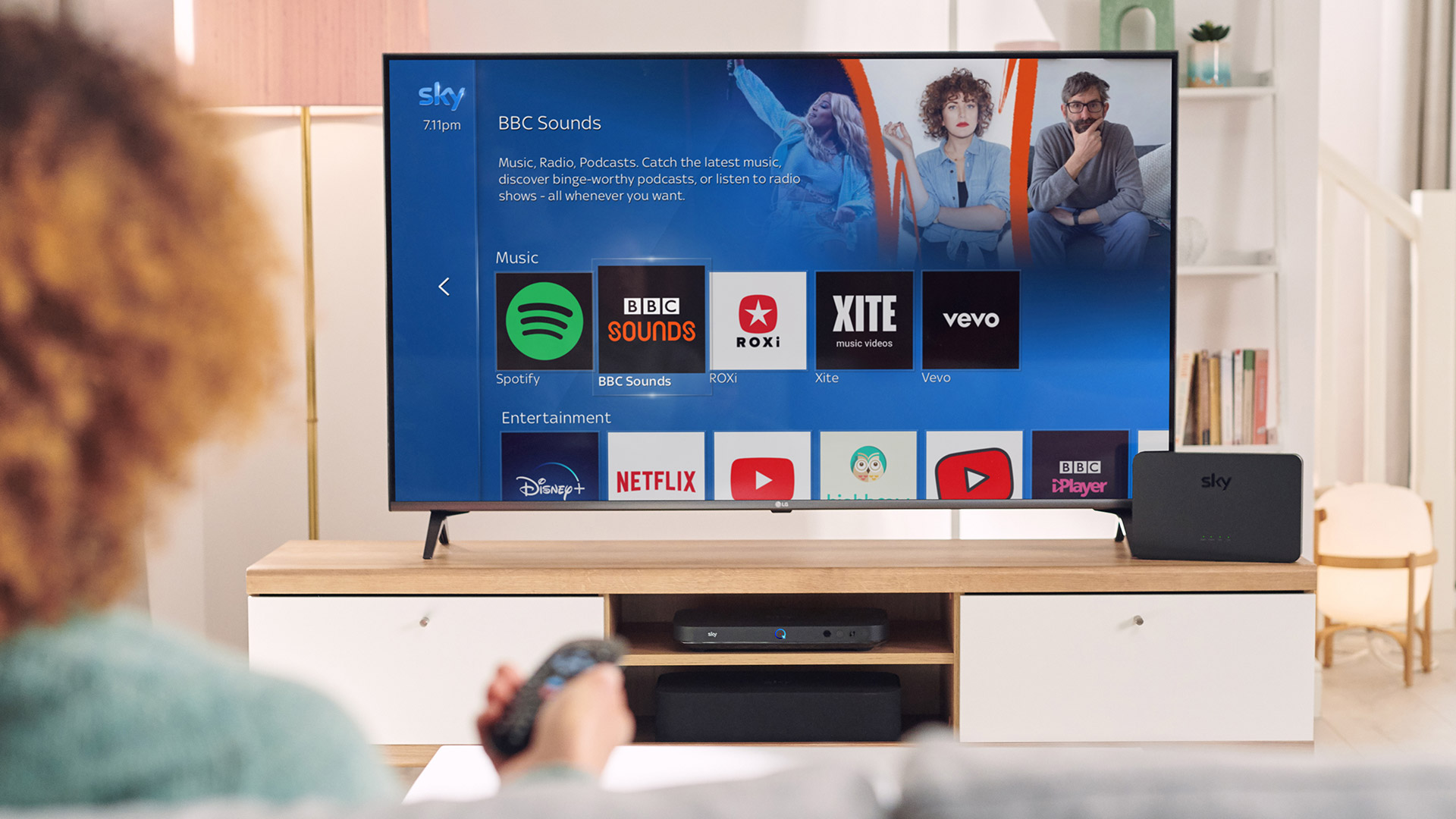 Sky’s newly installed CEO Dana Strong has made no secret that this approach is the way forward for the company.
Sky’s newly installed CEO Dana Strong has made no secret that this approach is the way forward for the company.
At the time of her appointment, Strong said that Sky’s ‘journey’ in recent years has been to “expand our value proposition beyond sport” and that the integration of content from the likes of Netflix, Disney+ and Amazon Prime Video “is really working”.
But by moving to an IPTV approach, Sky is arguably putting this focus at the fore – with there being little differentiation between the delivery of linear channels and on demand content.
Omdia’s Signorelli is cautious of suggesting that going IP is to do with Sky’s aggregation focus, but states that “making Sky the aggregation point for content through the Sky Q box though traditional pay TV and OTT certainly reinforces this point.”
What NOW?
Assuming that Sky goes down the IPTV route in the UK, there could be the risk that the company would cannibalise the business of its skinny OTT brand NOW.
NOW, which was rebranded from Now TV earlier this year complete with a visual and UX overhaul, offers consumers access to a variety of membership tiers starting at £3.99, with different packages for Entertainment, Cinema and Sports.
The service is available on over 60 devices across three countries in Europe, while Sky offers its own streaming sticks which come with several months complimentary access to NOW.
As Sky’s pre-existing streaming brand, it would be logical to think that NOW may be at risk given the arguably superior experience provided by the full Sky Q experience.
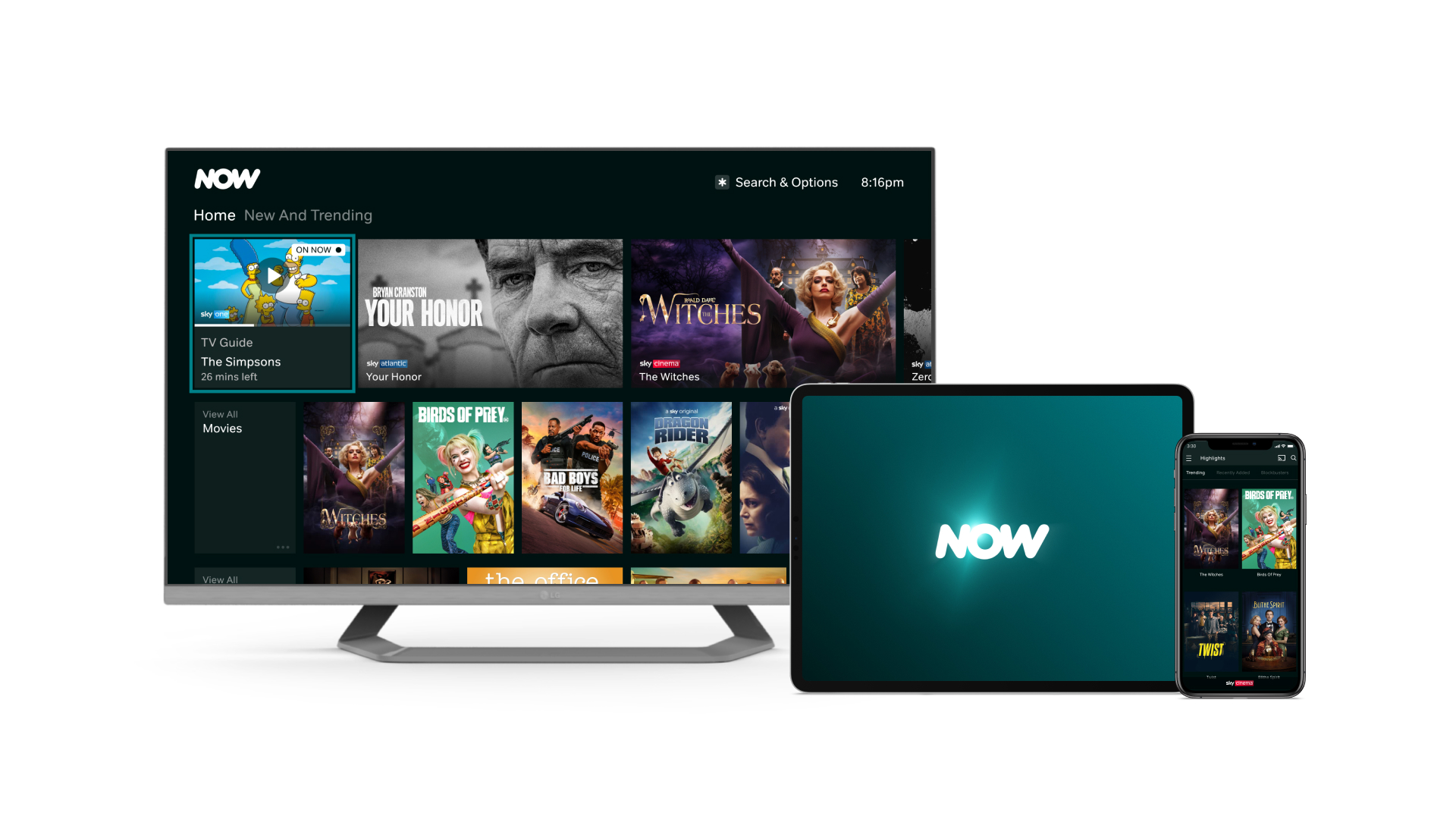 Signorelli however believes that there is enough of a distinction between the brands and their offered services that both should be able to co-exist. He states: “The new Sky Q service differs to NOW in that it offers a full pay TV experience online, as opposed to a selection of channels or content libraries for either TV, Movies or Sport. Consumers looking for a set-top-box, with access to the traditional linear free-to-air and paid channels, on demand content and apps in one will opt for this over NOW.”
Signorelli however believes that there is enough of a distinction between the brands and their offered services that both should be able to co-exist. He states: “The new Sky Q service differs to NOW in that it offers a full pay TV experience online, as opposed to a selection of channels or content libraries for either TV, Movies or Sport. Consumers looking for a set-top-box, with access to the traditional linear free-to-air and paid channels, on demand content and apps in one will opt for this over NOW.”
Regardless of whether that turns out to be an accurate reading of the situation, Sky is clearly invested in IPTV as the future. But the operator would be wise not to move too quickly and neglect its existing business as a satellite TV provider, even if it may be more commercially viable to fast-track to an IPTV-only approach.
“Traditional Satellite, Cable or dedicated IPTV networks give pay TV operators more control on content transmission,” Signorelli says. “Although this issue is less pertinent in the modern era with stronger internet connections and 5G, it’s still a vital part of the customer experience, especially as not all areas of a country can be covered by strong internet connections yet.”
One thing we can say for certain is that Sky is not resting on its laurels as the UK’s pre-eminent pay TV provider – and it will need to continue investing in its business as the newly merged Virgin Media O2 works on building itself up as a viable TV competitor.


